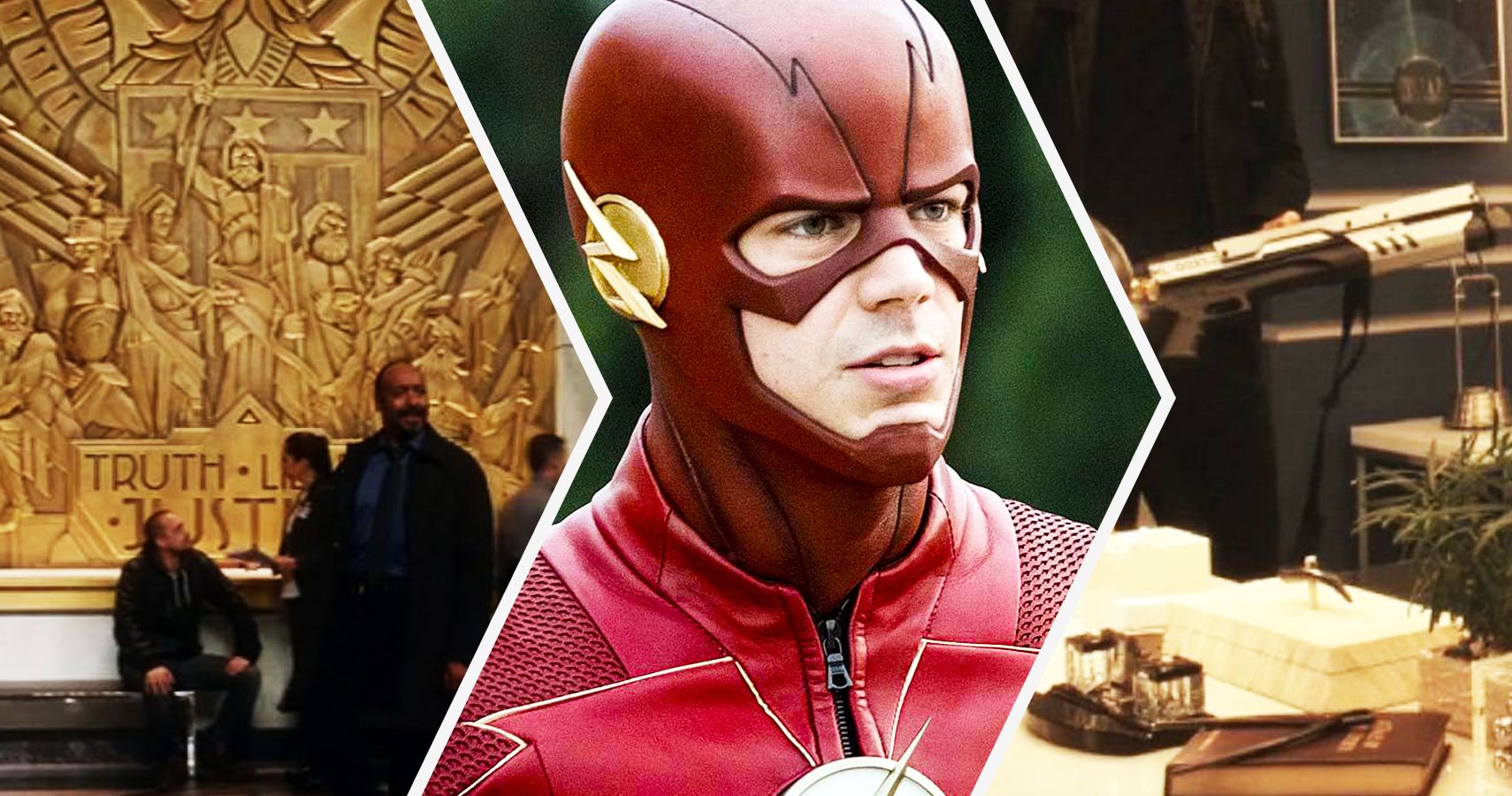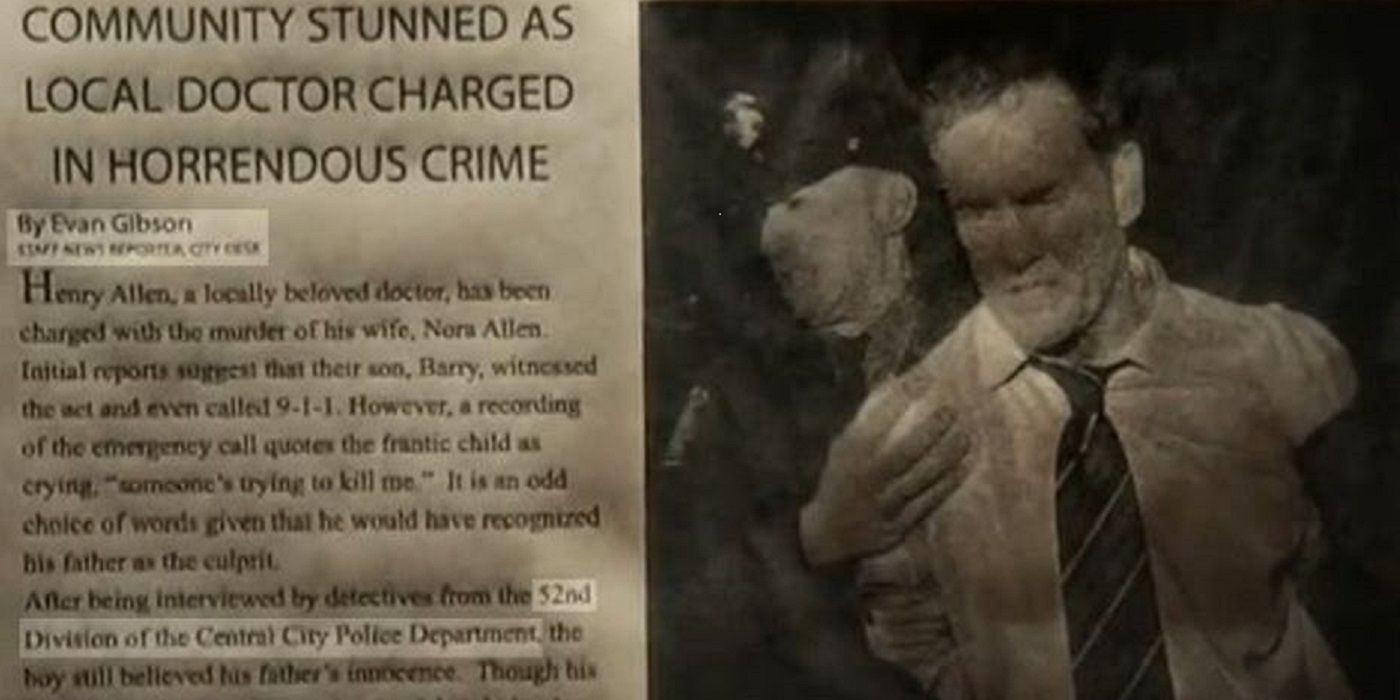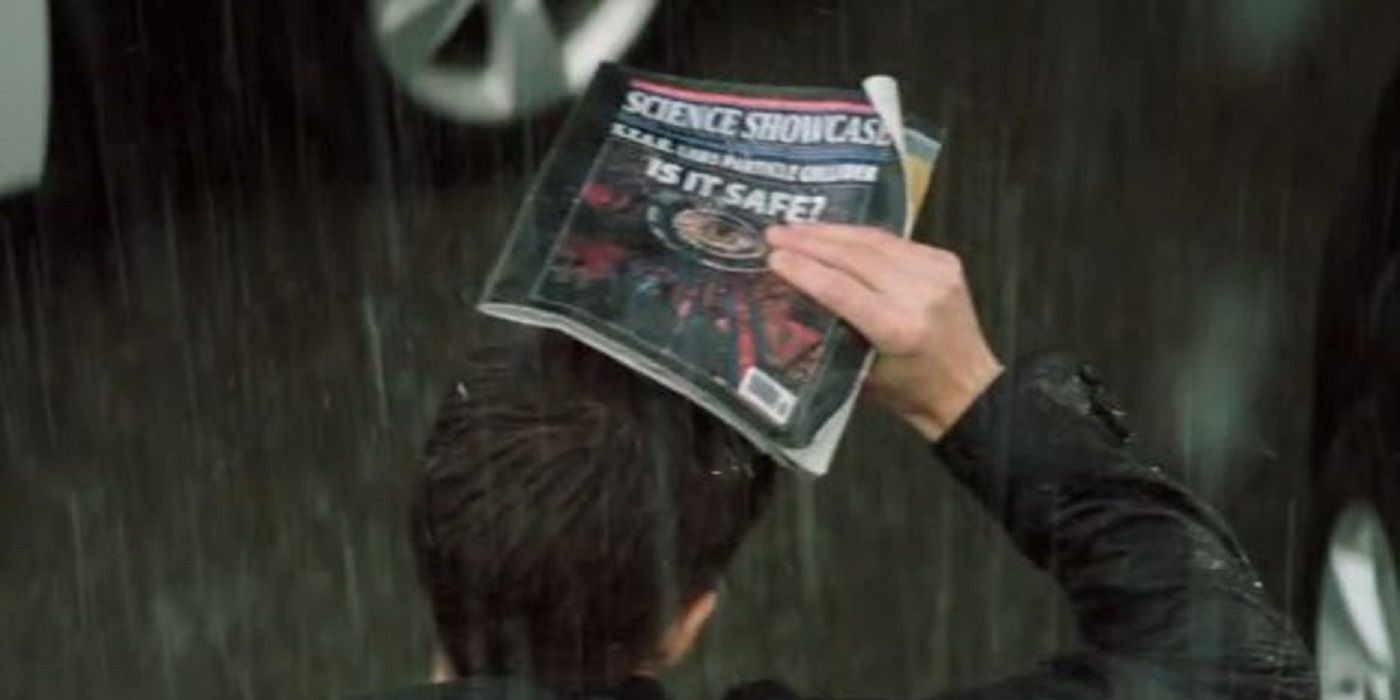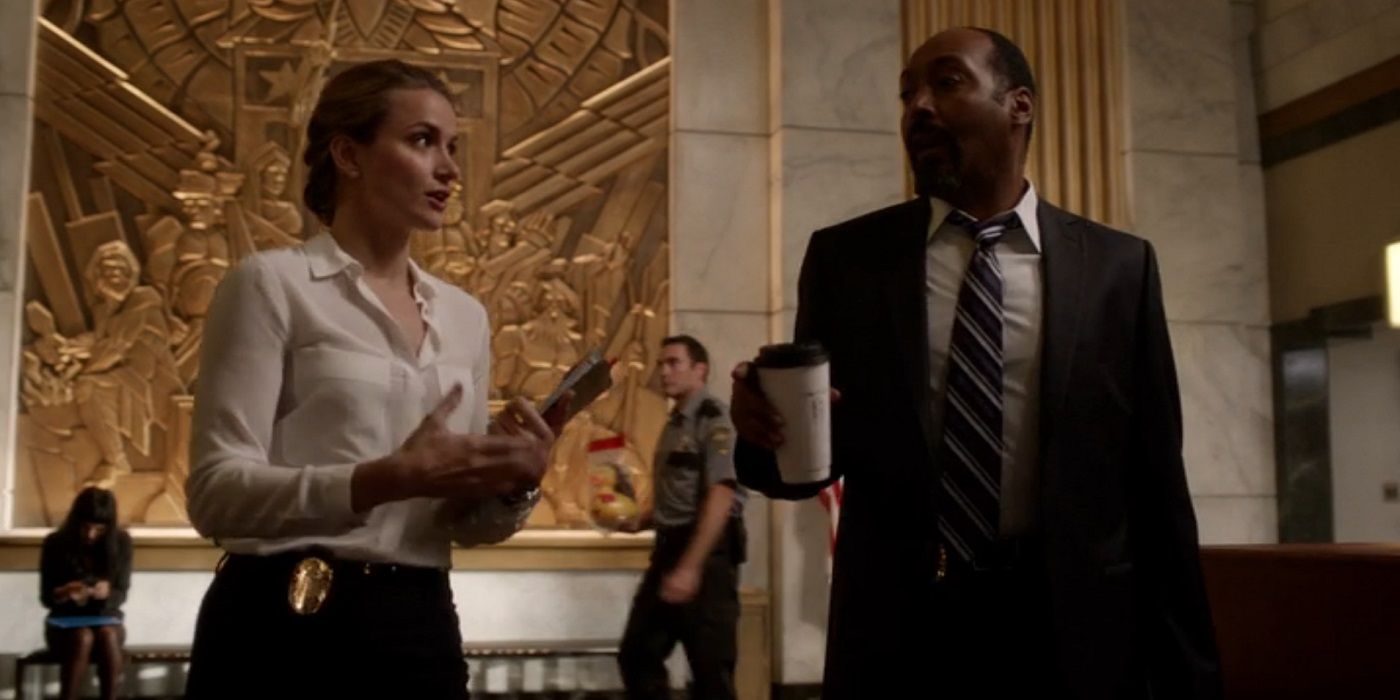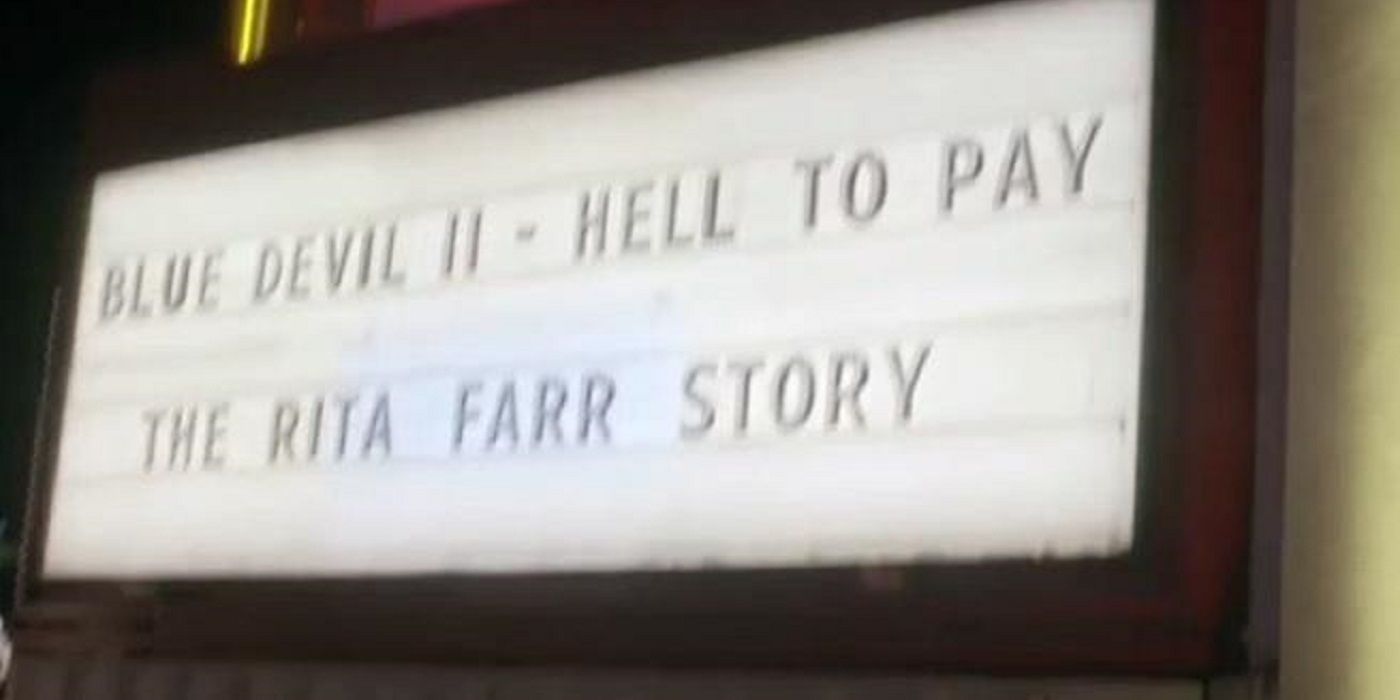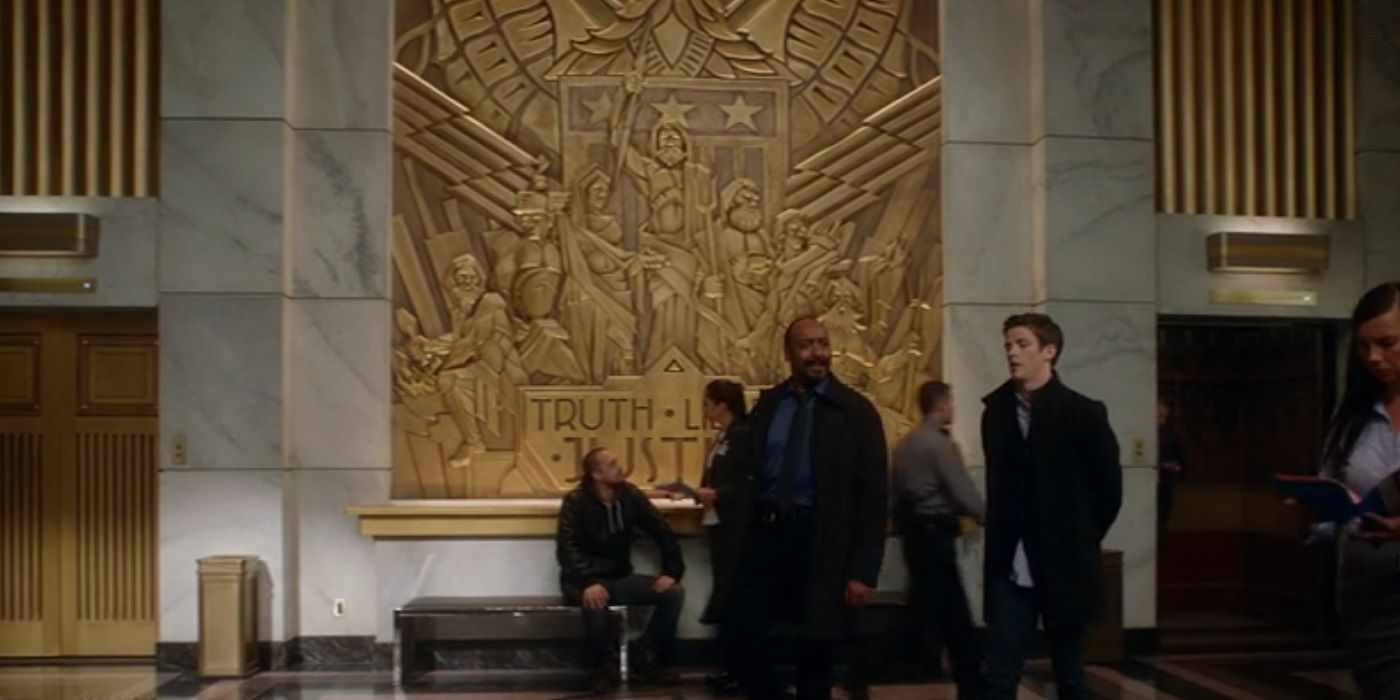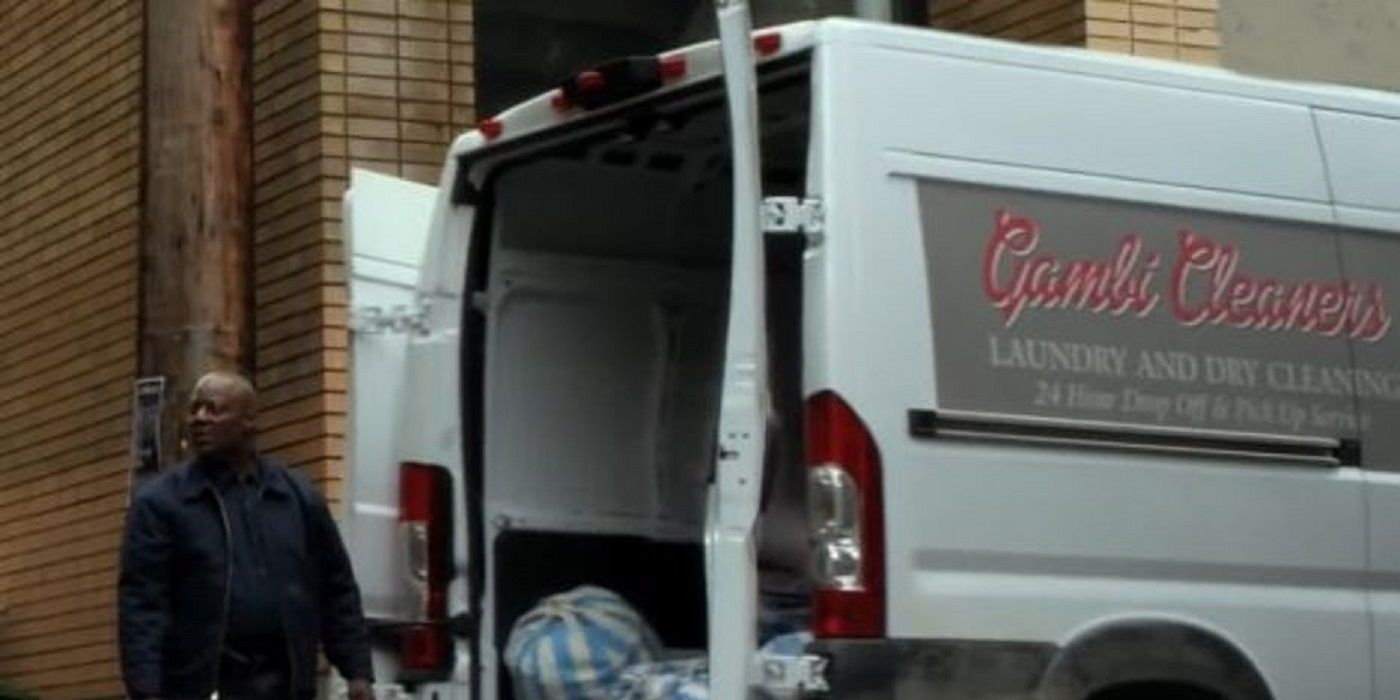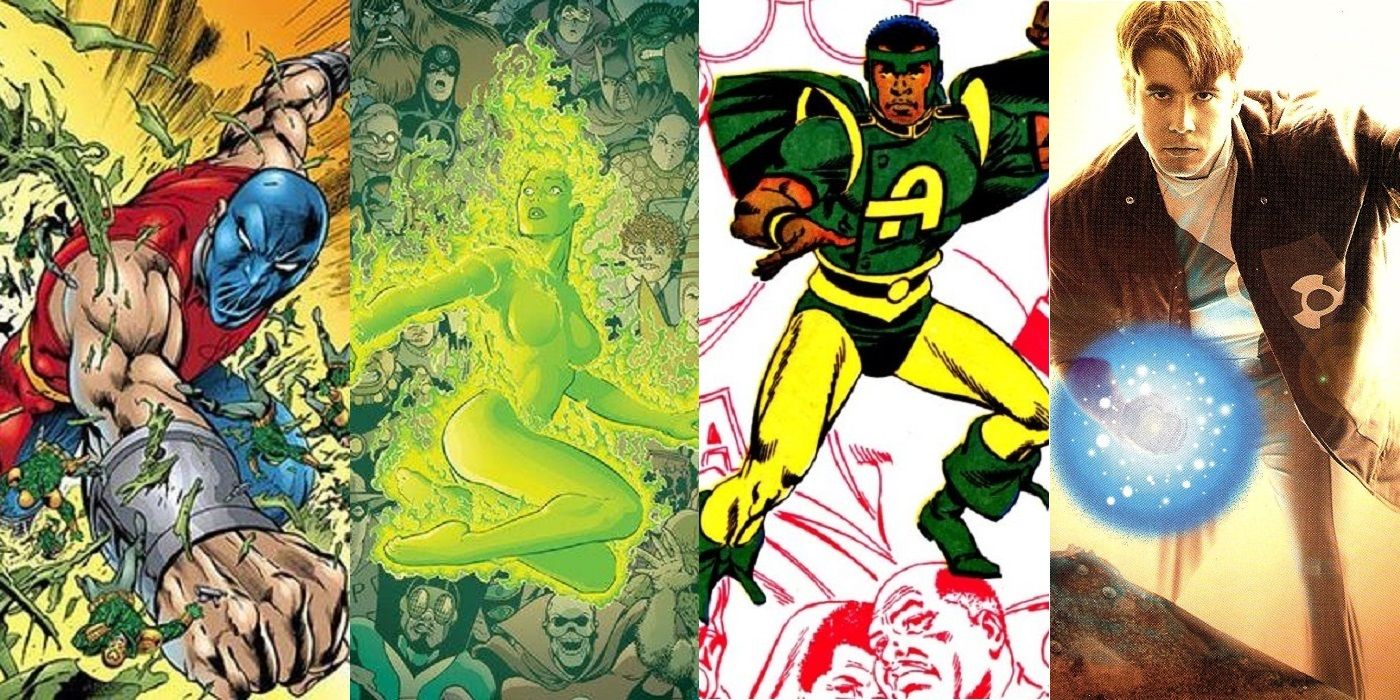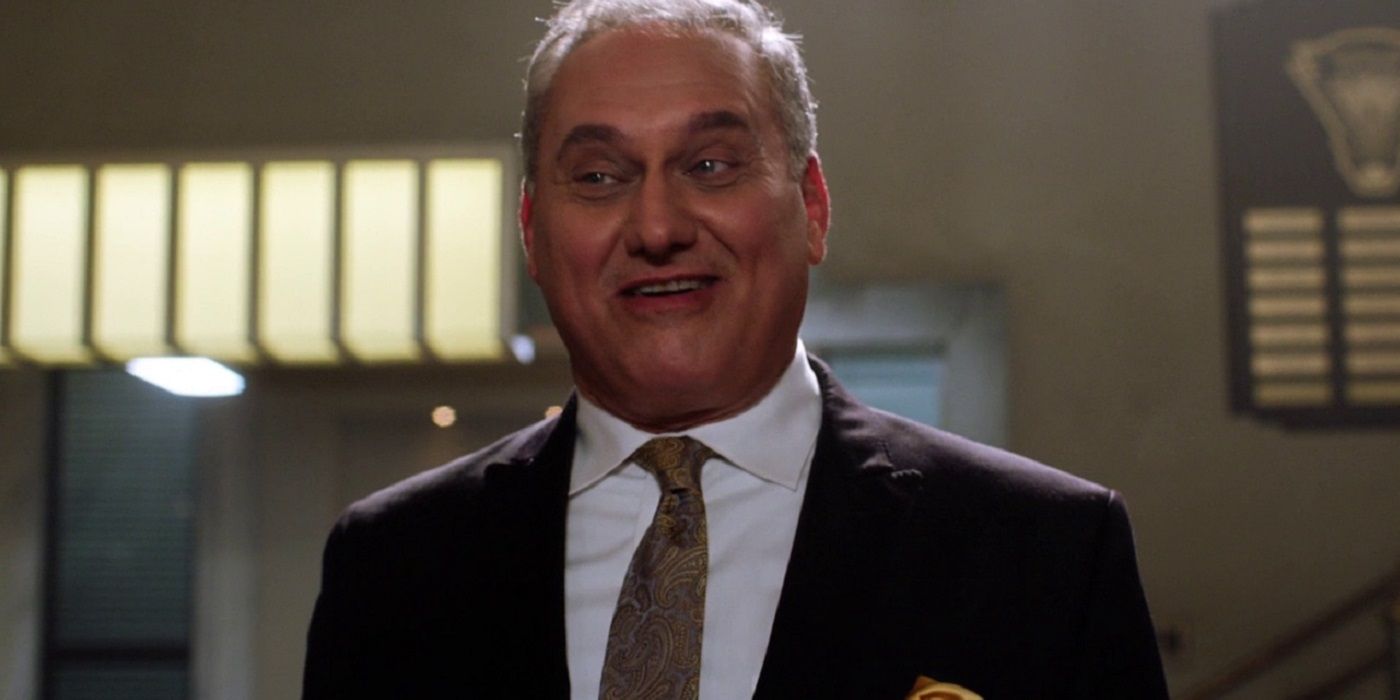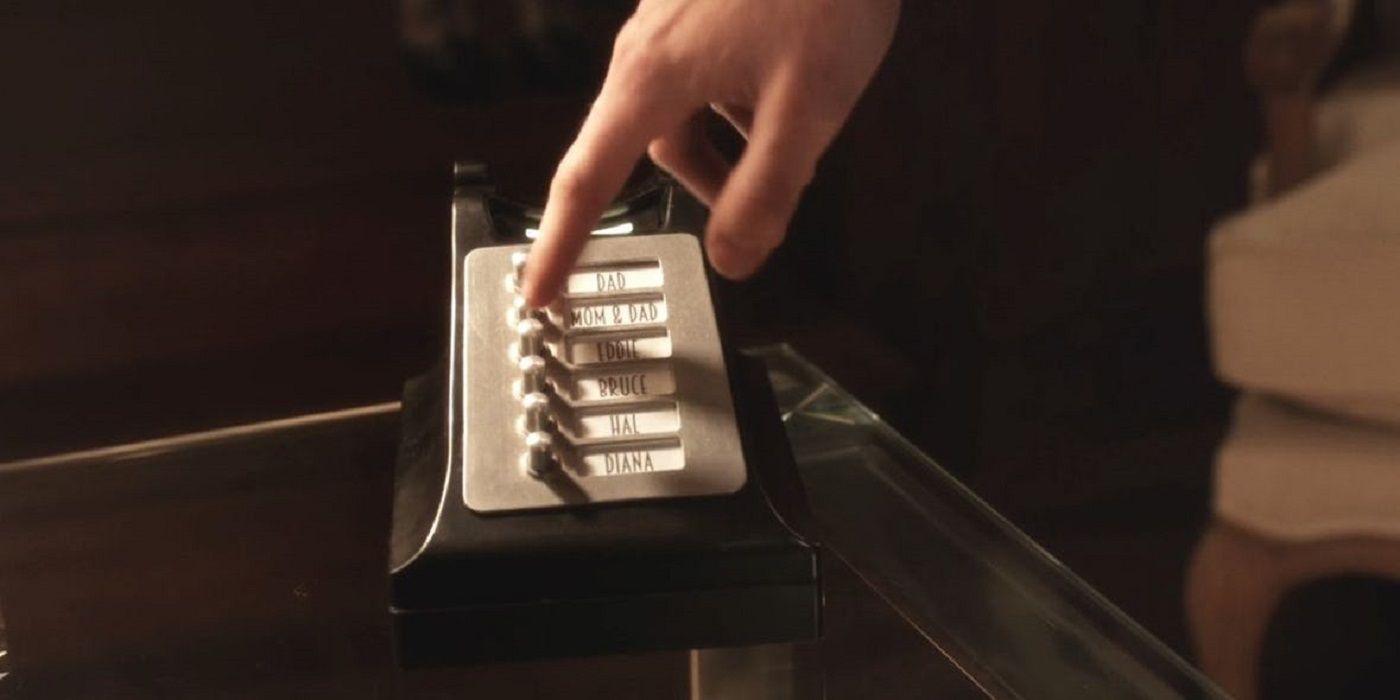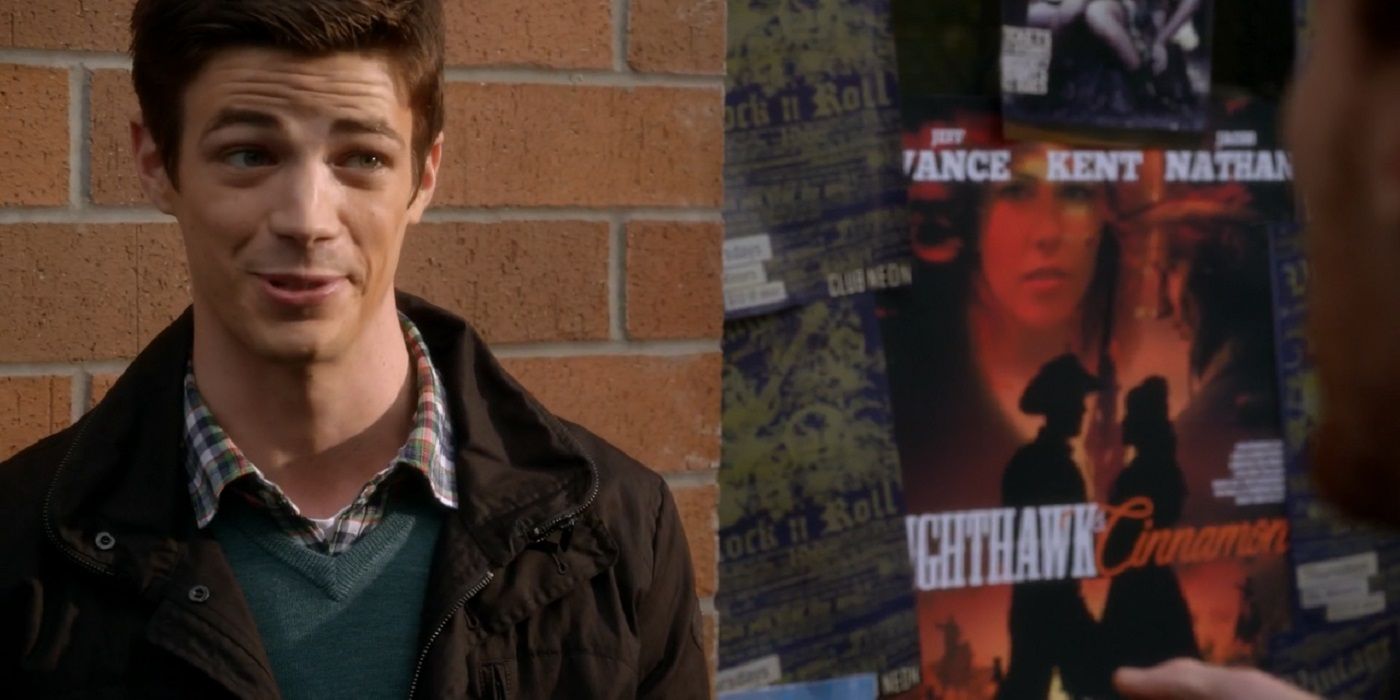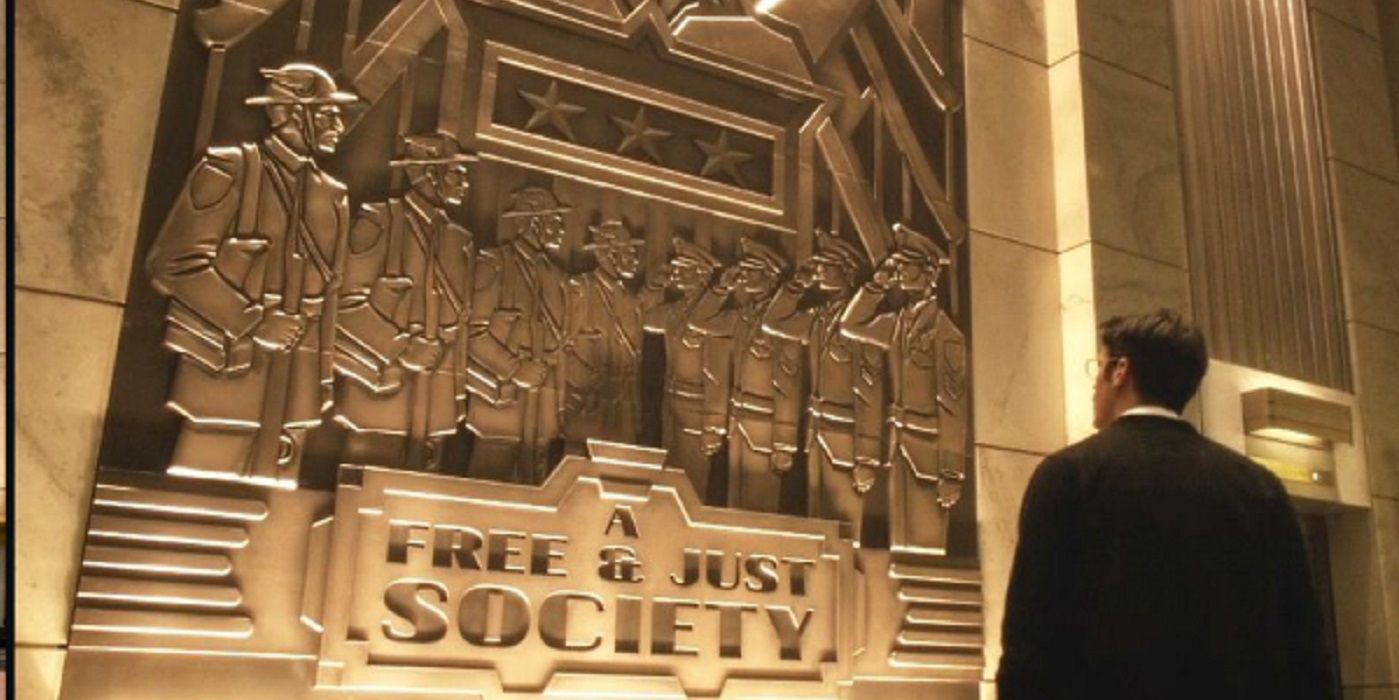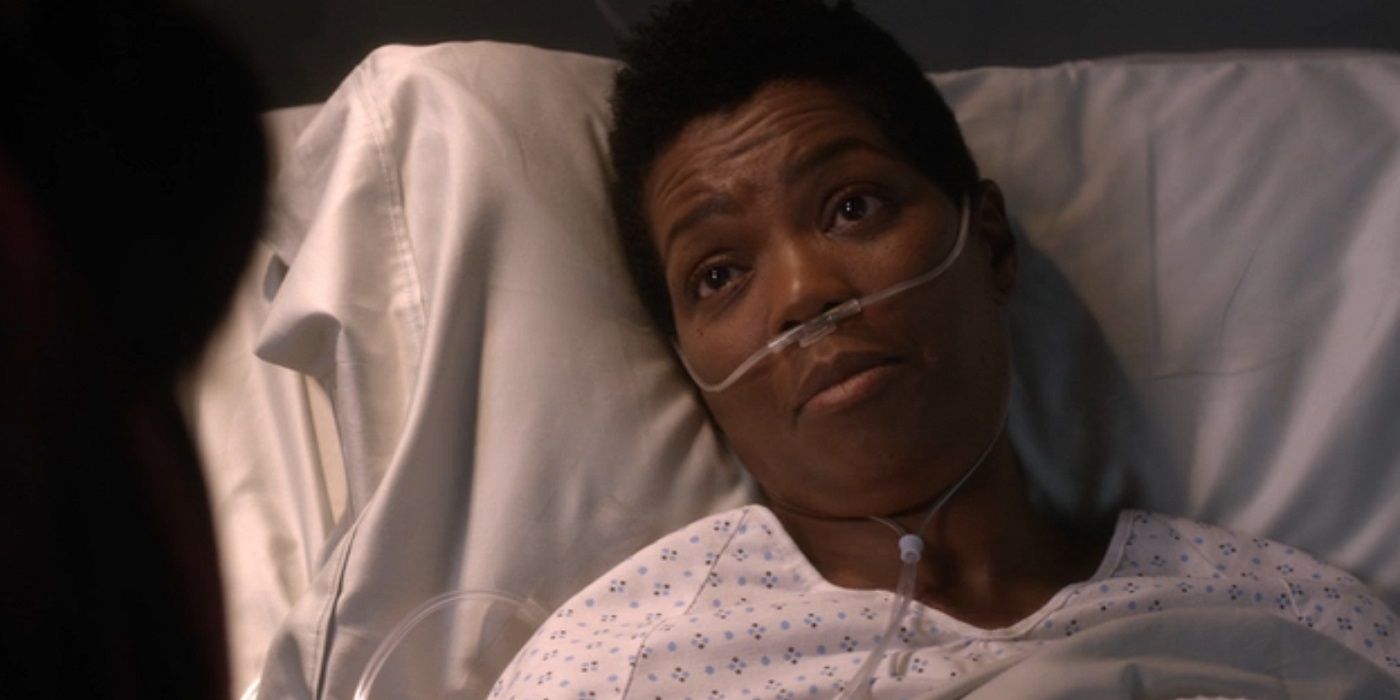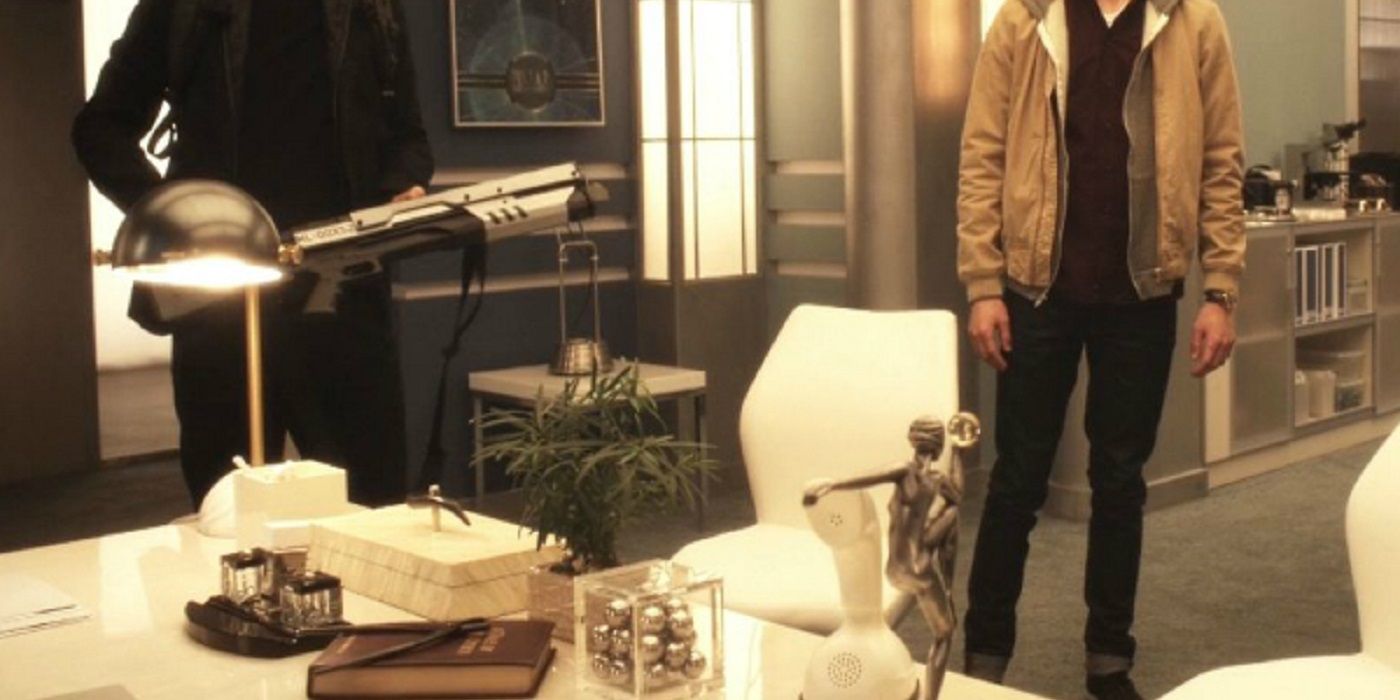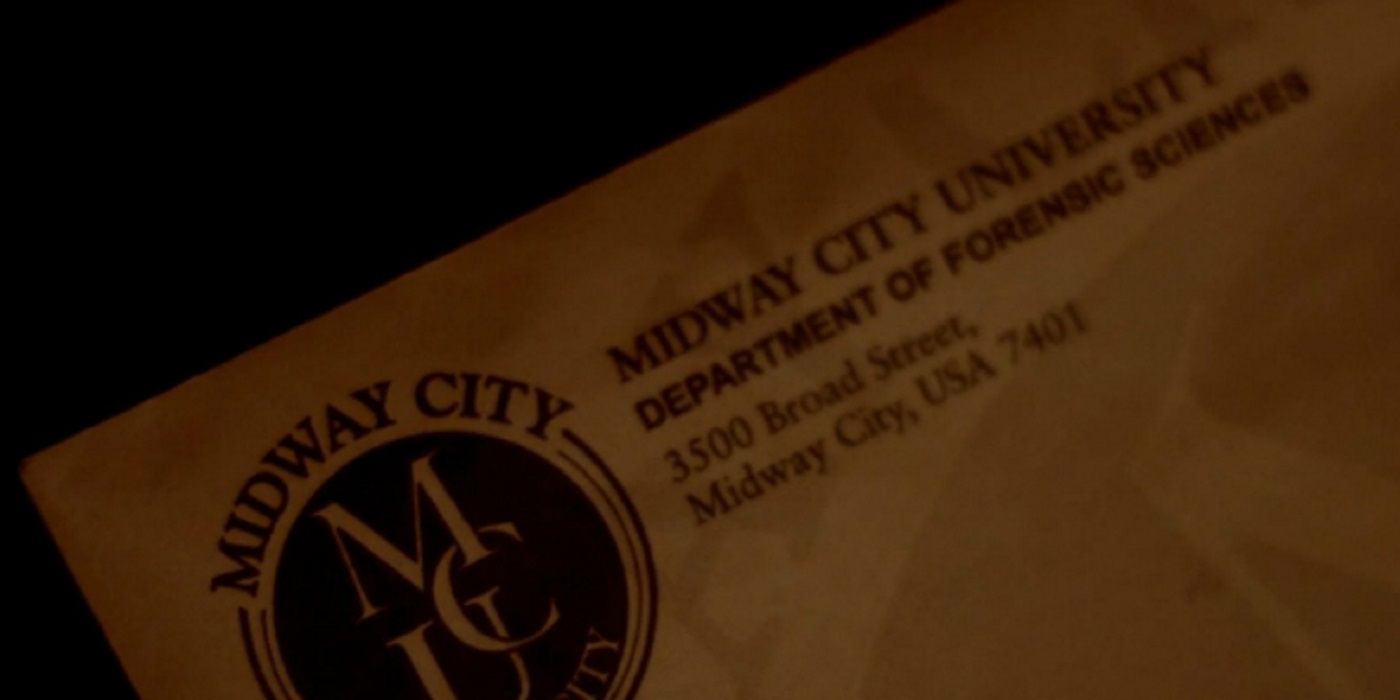A recurring attribute of the various TV series that make up the "Arrowverse" on CW (named as such since Arrow was the first show introduced in this universe) is a true love for the comic books that the characters launched out of into the TV screen. Street names are often references to past comic book creators who had notable runs on the characters in the series and typically even the most minor of new characters shares a name with a comic book character (even if a name is all that they have in common).
Most of these references are fairly straightforward to pick up as a viewer. It is kind of hard to miss "Waid Boulevard," for instance. Then again, we are talking about the educated comic book viewer, and these types of things might not immediately be picked up, if ever, by folks who don't read the books. Still, there are often more subtle references to the comic books (or other cool pieces of popular culture) hidden in the Flash TV series that everybody might have missed out on. Here, we'll spotlight 15 interesting examples of these Easter Eggs to make your understanding and love of The Flash have all the more substance.
15 52 REFERENCES
Early on in the series, one of the most notable gags was seeing how many times that the writers could work the number 52 into episodes. This, of course, is a reference to DC Comics' "New 52" series launched in 2011. Even before then, however, 52 was a key number in the DC Universe. There was a series called 52, and in the DC multiverse, there are exactly 52 alternate worlds.
A common one is seeing Channel 52 on the news, but it's everywhere, including this newspaper clipping from FLash's first episode about the death of Barry Allen's mother. Note that officers from the 52nd Division arrested Barry's dad? What's particularly impressive about this specific one is that it is such an obscure piece in the episode. It's just a brief newspaper clipping that people weren't really expected to read!
14 A SHOWCASE ON SCIENCE
This one is not just a cross-show Easter Egg, it is a cross-network Easter Egg! When we first met Barry Allen back on Arrow in Season 2's "The Scientist," it is raining and he is using a magazine to cover himself from the rain. We later see him use this same magazine in the first episode of the Flash. The magazine is called Scientific Showcase and it asks on the cover whether the STAR Labs Particle Accelerator is safe.
The answer to that is obviously not. However, the more important part is the name of the magazine. Scientific Showcase is important because Barry Allen made his debut in Showcase #4. The same magazine even ended up on an episode of Constantine on NBC; Constantine was established later to be part of the Arrowverse.
13 RUBBER DUCKY, YOU'RE THE ONE
It was after the second season of The Flash that the show's star, Grant Gustin, revealed a fascinating (and super-obscure) Easter Egg that had been appearing under people's noses on the series since the early days of the show. Oddly enough, there was a rubber duck on the set of the Central City Police Department the whole time!
Gustin explained, "No one seems to notice that we have a rubber duck that we’ve fit into almost every single scene in the police station. We have been doing it since early in season 1. Sometimes it’s in an evidence bag that a cop is carrying.” Sure enough, here it is in Season 2's "Enter Zoom." It's not always visible in the episodes, so don't strain yourself too hard looking for it!
12 GIVING THE DEVIL HIS DUE
One of the most underrated new DC superheroes of the 1980s was Dan Mishkin and Gary Cohn's Blue Devil, about a movie stuntman who ends up getting trapped in a special Blue Devil costume. Luckily, the suit at least gave him superpowers! Someone in the Arrowverse must be a fan, because there was a sign for a Blue Devil movie in a Season 2 episode of Arrow and later, in The Flash, Barry and Iris are at a movie theater showing another Blue Devil movie.
As a bonus, the other movie shown is about actress Rita Farr, who became a member of the Doom Patrol in DC's Silver Age as Elasti-Girl! This, of course, suggests that while Rita Farr exists in the Arrowverse, Blue Devil might just be a fictional character.
11 A LEAGUE OF JUSTICE
One of the coolest Easter Eggs on the Flash is the mural at the Central City Police Department that was created by Production Designer Tyler Harron. He once noted, "When I found out that I was going to do this show, this was the first thing that I designed. I've always been a huge DC fan and so it was really easy for me to say that I need to put this one Easter egg in here. All of the sets were based off of this."
The mural (which even has a big ol' "Justice" on the bottom) has the Justice League as the Greek Gods (Superman as Zeus, Batman as Hades, Wonder Woman as Hera, Flash as Hermes, Green Arrow as Apollo, Aquaman as Poseidon and Green Lantern as Hephaestus.
10 CLOTHES MAKE THE MEN
In the first episode of The Flash, Barry Allen was testing out the changes to his body after he gained his super speed. He went to go into an alley to try some stuff and inadvertently ran right into a laundry pick-up service. The laundry/dry cleaning business was called Gambi Cleaners.
Paul Gambi was a tailor in the DC Silver Age who was the guy who designed all of the costumes for Flash's Rogues Gallery (he would do work for other people, as well, but he specialized in coming up with the looks for the Rogues). In a double Easter Egg, Paul Gambi himself was named after a frequent Flash letter writer, Paul Gambaccini, as a sort of reward for being such a prolific (and good-natured) fan of the original comic.
9 SOME FAMILIAR NAMES
In Season 1's "Power Outage," Harrison Wells revealed that a number of people died when the Particle Accelerator exploded, including Kaitlin Snow's fiance, Ronnie Raymond (of course, it turns out that he didn't actually die, but was instead fused with Martin Stein). Among the names that he lists are a few Easter Egg tidbits.
There was Al Rothstein, who became Nuklon in Infinity Inc. and later Atom-Smasher in the Justice Society; Bea da Costa, Green Flame of the Global Guardians and Fire of the Justice League; Will Everett, Amazing Man; and Grant Emerson, Damage. Originally, Wells also mentioned Ralph Diby dying in the explosion, but since Ralph is very much alive, we suppose "Flashpoint" changed reality so that Ralph could live. Perhaps the others are still alive, then? It'd be great to see Fire and Ice on the series!
8 SEEING AN OLD FRIEND
One of the strangest bits of continuity on The Flash is the fact that while they cast John Wesley Shipp, who played the Flash on the 1990-91 CBS drama of the same name, as Barry Allen's dad, Henry, they also cast a few other actors from the previous series...as their characters from the earlier series! This suggests that the original series is somehow in continuity, even though it can't be (since Barry Allen just showed up in Central City).
Anyhow, one of the characters was a cop used for comic relief called Tony Bellows (played by Vito D'Ambrosio). On the current Flash, he is now Mayor (still played by D'Ambrosio)! Sadly, he turned out to be corrupt in a Season 4 episode of the series and was sent to prison.
7 EARTH-2 SPEED DIAL
In Season 2 of The Flash, Barry ended up on Earth-2 while trying to find the kidnapped daughter of that universe's Harrison Wells. He discovered that on this Earth, he and Iris were married and that Iris was a cop! While visiting his home on Earth-2, he was delighted to learn that his mother was still alive, so he could listen to her voice on the telephone.
While we saw the telephone at Barry and Iris' place, however, there were a few other notable names on their speed dial list besides Barry's still-living parents. There was Eddie Thawne (alive on this Earth) but also, hilariously enough, the first names of a few of Barry's Justice League teammates -- Bruce (Batman), Hal (Green Lantern) and Diana (Wonder Woman).
6 MODERN WESTERNS
In the aforementioned episode, "Power Outage," we got to see a few movie posters in an alley. Two of them were the movies that we already knew existed (the Blue Devil movie and the Rita Farr one), but a new one was for a movie starring Cinnamon and Nighthawk. Cinnamon and Nighthawk were each long-standing DC Western heroes.
Nighthawk had been around since the 1940s, while Cinnamon made her bow in the late 1970s. Se was the daughter of a murdered sheriff who became a vigilante. She used her father's badge as a shuriken. They eventually became partners and were revealed to actually be Hawkman and Hawkgirl during one of their reincarnations. Cinnamon actually appeared as such in an episode of Legends of Tomorrow (where she meets Hawkgirl, her future self).
5 A SOCIETY OF JUSTICE
While Barry is visiting Earth-2, there are lots of little touches to show that things are different on this world. The architecture, for instance, tends to seem more like a 1940s style than on Earth-1. It was when Barry visited the Central City Police Department that we got to see one of the more clever Easter Eggs.
On Earth-2, instead of a mural depicting the Justice League, there's basically an old school military propaganda mural on the wall. The tagline, though, is key. It reads "A free and just society." Earth-2, of course, is normally the home of the Justice Society of America and thus this was an oblique reference to that group. Note that it didn't get more detailed than that since there isn't actually a Justice Society on Earth-2 (just yet, at least).
4 A DEADLY HOMAGE TO...BATMAN AND ROBIN?!
Diseases on fictional series are always a tricky thing to pull off. You sometimes need to have illnesses to either kill off characters or put them into danger, but at the same time, you A.) Need the illness to fit to your narrative, rather than having to fit your narrative around the illness; and B.) Would prefer not to do something super realistic as it can almost be seen as trivializing a real disease if you use it on a superhero show.
Therefore, when The Flash wanted to kill off Joe West's ex-wife (Iris and Wally's mom), they went to an unusual source... Batman and Robin?! Yes, the disease debuted on the Batman: Animated Series for how Mister Freeze's wife died and it was finally given its official name, MacGregor's Syndrome, in the film Batman and Robin (which featured Mister Freeze as one of the main villains).
3 BOOK LEARNIN' ON EARTH-2
Historically, the introduction of Earth-2 in the original Flash comic books was done with an amazing cover on Flash #123 that showed Barry Allen and Jay Garrick each racing to save the same person. They were divided by a wall and the headline on the comic book cover was "Flash of Two Worlds." The Flash TV series actually used that precise image when they brought Jay Garrick to Earth-1 in "Flash of Two Worlds" (they both race around a brick wall to save the same person).
That, though, is a bit too obvious of an Easter Egg for this list. Instead, we'll note that when Barry visits Earth-2 and Harrison Wells' office there, there is a copy of Charles Dickens' A Tale of Two Cities. Clever and literate! Can the Flash do no wrong?
2 HEART OF STONE
Before they worked together on the Arrowverse, Greg Berlanti and Marc Guggenheim co-created a TV series that sadly only lasted two seasons on ABC in 2008-09. It was called Eli Stone and it was about a lawyer (named Eli Stone, naturally) who came down with a brain tumor. The brain tumor, however, caused him to hallucinate and see visions that he believed was God talking to him. So he began doing things that God told him (while we were unsure if it was actually God or just his brain tumor).
His girlfriend was a lawyer named Taylor Wethersby, who worked for her father (played by Arrowverse's own Victor Garber). At the start of Season 2, when Harrison Wells' will left STAR Labs to Barry Allen, the law firm that handled Wells' probate? None other than Wethersby and Stone, LLP! What a neat homage to... well, themselves!
1 THE ATLAS OF THE ARROWVERSE
As noted earlier, a lot of the comic book references on shows like Flash are pretty obvious. For instance, street names are almost always going to be references to an old creator. Similarly, whenever another city is mentioned, the odds are that it is another actual city from DC's comic book universe. Like when Jesse Wells went on a bus to another city, it's prominently stated to be a bus to Opal City (home of Starman).
As you can see, though, most of the time these references are bold and obvious like the Opal City reference, which made us appreciate the more subtle approach of when Patty Spivot left the series to go to school to become a Crime Scene Investigator. Her acceptance letter was from a Midway City school (Midway City was the home of Hawkman and Hawkgirl in the Silver Age).

